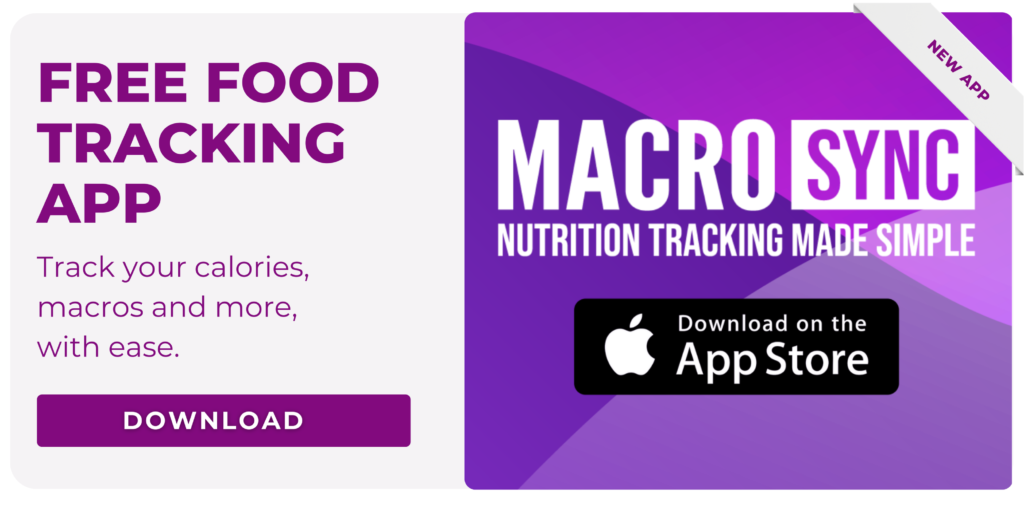Over the past few years, GLP-1 medications such as Ozempic and Wegovy have surged in popularity for their powerful effects on appetite regulation, blood sugar control, and weight loss. Yet, despite their growing use, many individuals are prescribed these medications with little guidance on how to manage side effects, support their health, or make the most of their efforts.
This guide is designed to fill that gap, offering clear, evidence-based strategies to help you navigate common challenges, maximize the medication’s benefits, and ensure your weight loss journey supports long-term health, muscle preservation, and metabolic resilience.
Jump to a Topic
GLP-1 Medication Guide: Enhancing Results with Diet and Exercise
Common Side Effects and How to Manage Them
It’s common to experience side effects during the initial weeks of taking GLP-1 medications. These symptoms often lessen over time but can be minimized with supportive strategies.
- Gastrointestinal discomfort: Common symptoms include nausea, GERD, slowed digestion, and constipation. Eating smaller, low-fat meals can help reduce these issues.
- Urinary and hydration changes: Increased urination and dehydration are common due to glycogen and fluid depletion from a caloric deficit. This may lead to headaches and fatigue.
- Hair loss: Reported in some users, often due to rapid weight loss, stress, or reduced nutrient absorption. Consider Omega-3 supplementation and monitoring fat-soluble nutrient intake.
- Alcohol sensitivity: GLP-1 medications can impair alcohol metabolism, leading to heightened intoxication and prolonged hangovers.
Nutrition Guidelines to Support GLP-1 Weight Loss
Your dietary habits play a significant role in how well you tolerate GLP-1 medications and how effective they are in promoting sustainable weight loss. The goal is to nourish your body, preserve muscle, and prevent side effects.
1. Protein and Fiber Are Priorities
- Use protein shakes, Greek yogurt, or other low-effort, high-protein options.
- Aim for 1.6–2.2 g/kg/day of protein, spaced across 3–4 meals to preserve muscle mass.
- Liquid options (e.g., Fairlife, Premier Protein) are helpful for low appetite periods.
2. Meal Timing and Size
- Eat 3–4 smaller meals/day to reduce GI burden.
- Lower-fat meals often improve digestion and reduce nausea.
- Consider digestive enzymes before higher-fat or high-fiber meals.
- Pre-meal walks (10–15 min) may aid digestion and reduce glucose spikes.
3. Electrolyte and Fluid Balance
- Supplement with low- or zero-calorie electrolyte drinks daily.
- Prioritize sodium-inclusive products (800–1000 mg/serving) if active or sweating.
- Include potassium-rich foods (avocados, potatoes, bananas).
4. Things to Avoid
- Large-volume meals, particularly at night.
- High-fat, greasy foods.
- Alcohol, especially sugary or carbonated varieties.

Lean Mass Preservation Strategy
GLP-1-induced weight loss includes reductions in both fat and lean body mass. To preserve muscle tissue and metabolic rate, a structured approach to exercise and protein intake is essential.
- Resistance training: 2–4x/week, focusing on compound lifts.
- Protein intake: Prioritize 25–40g per meal.
- Creatine monohydrate: (3–5g/day) supports strength and lean mass.
Cardiometabolic Exercise Framework
Physical activity enhances the metabolic benefits of GLP-1s and protects cardiovascular health. A combination of aerobic and strength training yields the greatest benefits.
- 150 minutes/week of moderate aerobic activity (e.g., brisk walking).
- Add 75 minutes/week of higher intensity (e.g., interval training) if tolerated.
- Combine zone 2 cardio with resistance training for optimal results.
Behavioral and Emotional Support for GLP-1 Medication Users
GLP-1 medications often change the way hunger and emotional cues are experienced. These shifts can be positive but may also present challenges in navigating social settings, emotional eating, or body image.
- GLP-1 medications can suppress appetite and sometimes blunt emotional response.
- Practice mindful eating and avoid skipping meals, even if not hungry.
- Consider support from a coach or therapist to manage body image or food-related anxiety.
- Eat socially when possible using smaller portions of protein-forward meals.
Micronutrient Risk and Supplementation
Reduced food intake and fat metabolism may result in nutrient shortfalls. Addressing these proactively helps preserve energy, mood, and immune function.
- Multivitamin daily
- Vitamin D3: 1000–2000 IU/day
- Magnesium glycinate: ~200 mg elemental magnesium
- Fish oil (EPA+DHA): 1000–2000 mg/day
- Consider periodic bloodwork (ferritin, B12, 25(OH)D)
Supplements to Discuss With Your Doctor
Certain supplements may ease side effects, improve digestion, and support organ health while on GLP-1 medications. Always consult your provider before adding them.
Final Thoughts on GLP-1 Medication
GLP-1 medications can be life-changing tools for sustainable weight loss, but long-term success depends on more than the prescription. Nutrition, exercise, and emotional well-being play a critical role in helping you thrive.
This guide is designed to support informed decision-making and help you get the most from your medication through evidence-based dietary and lifestyle strategies. As always, consult your healthcare provider before making any significant changes to your routine.
Try our nutrition coaching, for free!
Be the next success story. Over 30,000 have trusted Macros Inc to transform their health.
Simply fill out the form below to start your 14-day risk-free journey. Let's achieve your goals together!

